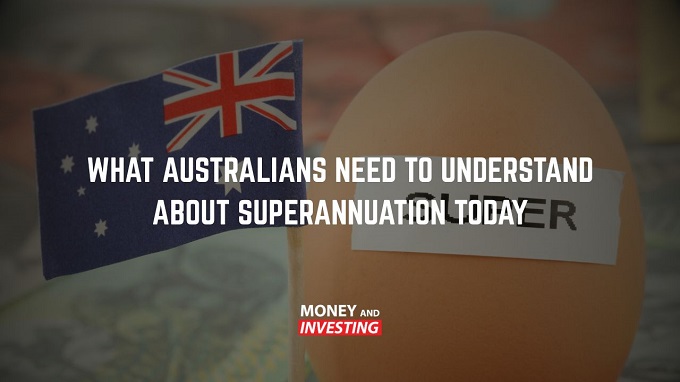Commodities & Futures Trading - Andrew Baxter
Commodities and futures trading are types of investment that involve buying and selling contracts for the delivery of raw materials or financial instruments at a future date. This article will explore the basics of commodities and futures trading, as well as their potential uses and risks.
Commodities are physical goods that are typically produced and traded on a large scale. Examples of commodities include oil, gold, wheat, and livestock. Commodities are often traded in standardized units, such as barrels of oil or ounces of gold. This allows investors to buy and sell commodities without the need for physical delivery, as the contracts can be settled in cash.
Futures trading is a type of investment that involves buying and selling contracts for the delivery of a commodity or financial instrument at a future date. Futures contracts are standardized agreements that specify the quantity and quality of the underlying commodity, as well as the delivery date and price. Futures contracts can be used to hedge against price fluctuations or to speculate on the future direction of prices.
One of the main benefits of commodities and futures trading is their potential for diversification. Commodities and futures are often not closely correlated with other asset classes, such as stocks and bonds. This means that investing in commodities and futures can potentially reduce portfolio risk and increase returns.
Commodities and futures trading also offer the potential for high returns. Because commodities and futures are often highly volatile, there is the potential for investors to make significant profits if they are able to correctly predict price movements. However, this potential for high returns comes with significant risks, as the volatility of commodities and futures can also result in significant losses.
Another benefit of commodities and futures trading is their potential use as a hedge against inflation. Because commodities are often priced in dollars, inflation can cause the price of commodities to rise, which can potentially offset the effects of inflation on a portfolio. Additionally, futures contracts can be used to hedge against inflation by locking in prices for future delivery.
However, there are also risks associated with commodities and futures trading. One of the main risks is the potential for significant losses. Because commodities and futures are often highly volatile, investors who are unable to correctly predict price movements can lose a significant amount of money. Additionally, commodities and futures are often subject to geopolitical and environmental risks, which can further increase volatility.
Another risk associated with commodities and futures trading is the potential for fraud and manipulation. Because commodities and futures are often traded on exchanges that are not closely regulated, there is the potential for fraud and manipulation by unscrupulous traders.
In conclusion, commodities and futures trading offer the potential for diversification, high returns, and inflation hedging. However, they also come with significant risks, including volatility, geopolitical and environmental risks, and the potential for fraud and manipulation. As with any investment, investors should carefully consider the risks and potential rewards before investing in commodities and futures. Additionally, policymakers should work to create a regulatory framework that balances innovation with investor protection.

Comments
Post a Comment